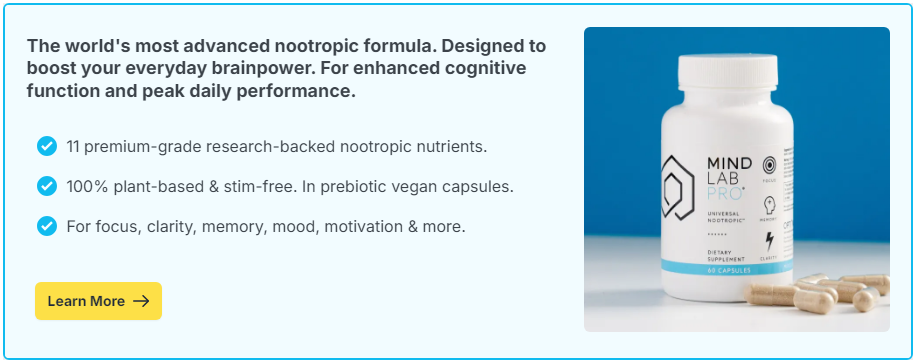
Yes, switching between multiple hobbies can help keep the brain youthful by stimulating neuroplasticity, challenging different cognitive networks, and reducing the risks of mental stagnation associated with routine behaviors.
Contents
- Why Hobbies Matter for Brain Health
- The Science of Novelty and Neuroplasticity
- Engaging Different Cognitive Domains
- Research on Lifestyle Variety and Cognitive Aging
- How Switching Between Hobbies Keeps the Brain Flexible
- Psychological Benefits of Multiple Hobbies
- Limitations and Considerations
- Practical Tips for Using Hobbies to Keep the Brain Youthful
Why Hobbies Matter for Brain Health
The human brain thrives on novelty and challenge. Engaging in hobbies provides both. Whether it’s playing music, painting, gardening, or learning a new language, hobbies activate multiple areas of the brain, reinforcing connections and fostering neuroplasticity – the brain’s ability to adapt and reorganize. Diverse hobbies provide an even broader set of challenges, ensuring that different neural pathways are consistently exercised.
The Science of Novelty and Neuroplasticity
Novelty is a critical driver of brain health. When exposed to new activities, the brain releases dopamine, a neurotransmitter linked to motivation, attention, and learning. This burst of dopamine enhances the encoding of new memories and strengthens learning processes. Switching between hobbies introduces a steady stream of novelty, which helps maintain flexible thinking and adaptive cognition – traits often linked with youthful brain function.
Engaging Different Cognitive Domains
Different hobbies activate different cognitive domains:
- Creative hobbies: Painting, writing, or music stimulate imagination, pattern recognition, and emotional expression.
- Physical hobbies: Sports, dance, or hiking improve motor coordination and support brain regions linked to balance and spatial memory.
- Analytical hobbies: Chess, coding, or puzzles exercise problem-solving skills and executive function.
- Social hobbies: Group activities like volunteering or theater strengthen communication skills and emotional intelligence.
By rotating among these domains, the brain is continually challenged to adapt, learn, and integrate new skills.
Research on Lifestyle Variety and Cognitive Aging
Studies on cognitive aging suggest that engaging in diverse activities is associated with reduced risk of dementia and cognitive decline. For example:
- A 2013 study in *Neurology* found that older adults who engaged in varied leisure activities maintained sharper memory and executive function than those with fewer hobbies.
- Research in psychology shows that task-switching and learning new skills late in life support neuroplasticity, delaying age-related decline.
- People with “enriched lifestyles” – a mix of physical, creative, and social activities – consistently show greater cognitive resilience compared to those with narrow routines.
How Switching Between Hobbies Keeps the Brain Flexible
Switching between hobbies challenges the brain’s attentional control. Each new activity requires disengaging from one cognitive mode and entering another. This strengthens executive function – the ability to shift focus, adapt strategies, and manage competing demands. Over time, this skill supports mental agility, which is often cited as a hallmark of youthful thinking.
Psychological Benefits of Multiple Hobbies
Beyond neurobiology, hobbies provide psychological enrichment. They reduce stress, promote flow states, and foster a sense of accomplishment. Engaging in different hobbies helps prevent burnout from over-focusing on a single pursuit, while broadening identity and self-expression. This psychological variety supports emotional well-being, which in turn benefits cognitive performance.
Limitations and Considerations
While variety is beneficial, there are caveats:
- Superficial engagement: Constantly dabbling without depth may limit skill development.
- Overcommitment: Juggling too many hobbies can cause stress, which negatively impacts brain health.
- Balance matters: It’s best to combine novelty with mastery – rotating hobbies while still achieving growth in each domain.
Practical Tips for Using Hobbies to Keep the Brain Youthful
- Mix domains: Include at least one creative, one physical, and one analytical or social hobby.
- Rotate regularly: Switch activities weekly or seasonally to maintain novelty.
- Seek challenge: Choose hobbies that stretch your abilities rather than only those you find easy.
- Balance depth and variety: Commit enough time to each hobby to build skill while still exploring new ones.
Switching between multiple hobbies does not make the brain biologically younger, but it keeps it functionally youthful by reinforcing neuroplasticity, improving adaptability, and engaging a wide range of cognitive skills. Balanced variety – mixing creativity, physical movement, and problem-solving – creates an enriched lifestyle that supports long-term brain health and resilience against decline.

